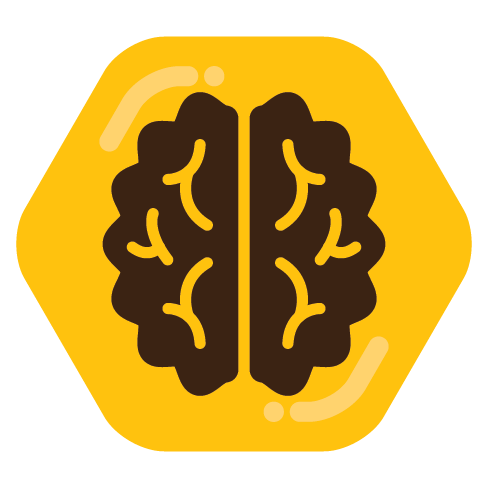

Indeed to use scala-native you’d need pure-scala libraries, but the core lib re-implements most java lib, and there are now small simple external libs available for common tasks like file management, database, etc. - for example check out the lihaoyi suite.
I mainly use scala-js (to make this) which was formerly a java app - as it compiles to both js and jvm (cross-project) can gradually convert stuff you already wrote. I’ve tried native for stuff like pre-processing data files.







Odd that Estacio de França is now the terminus only of lines from the opposite direction - but it makes sense to run all across the centre.